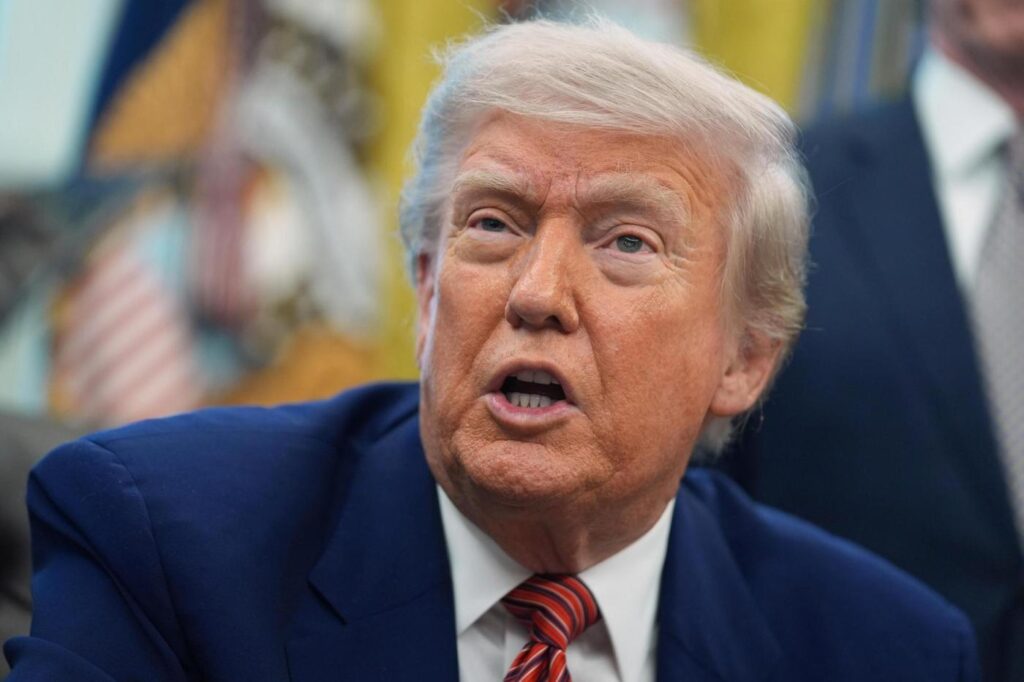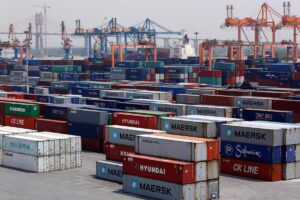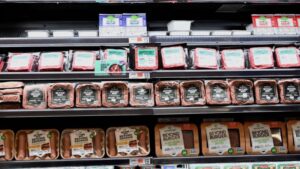
WASHINGTON (AP) — An analysis by the JPMorganChase Institute has revealed that President Donald Trump’s tariff plans could impose a direct cost of $82.3 billion on a critical group of U.S. employers. This sum may be managed through price hikes, layoffs, hiring freezes, or reduced profit margins. The analysis focuses on businesses with annual revenues between $10 million and $1 billion, a category that employs roughly a third of private-sector U.S. workers.
The report highlights that these companies, particularly in the retail and wholesale sectors, are more dependent on imports from countries like China, India, and Thailand. This dependency makes them especially vulnerable to the tariffs imposed by the Trump administration. The findings challenge Trump’s assertions that foreign manufacturers would bear the brunt of the tariffs, suggesting instead that U.S. companies reliant on imports will face significant costs.
Impact on U.S. Businesses
The tariffs, which have not yet led to a noticeable increase in overall inflation, have prompted large corporations such as Amazon, Costco, Walmart, and Williams-Sonoma to stockpile inventories before the taxes take effect. This preemptive action has delayed the immediate impact of the tariffs on consumer prices.
As the July 9 deadline for setting tariff rates approaches, the financial markets remain on edge. Trump had initially announced tariffs in April, causing market panic, and subsequently scheduled a 90-day negotiation period. During this period, most imports faced a 10% baseline tariff, with higher rates for China, Mexico, and Canada, and separate 50% tariffs on steel and aluminum.
Had the initial tariffs remained, the direct costs to companies could have reached $187.6 billion. Under current rates, the $82.3 billion cost averages to $2,080 per employee or 3.1% of the average annual payroll.
Economic Consequences and Reactions
Goldman Sachs has projected that companies may pass on 60% of their tariff costs to consumers. The Atlanta Federal Reserve’s survey suggests that businesses could transfer roughly half their costs from a 10% or 25% tariff without significantly reducing consumer demand.
The JPMorganChase Institute’s findings indicate that while tariffs might bolster domestic manufacturers’ roles as suppliers, wholesalers and retailers with slim profit margins may need to spread the tariff costs to consumers. The uncertainty surrounding tariffs continues, as Trump has fluctuated in his negotiations with Canada and Japan, using tariffs as leverage.
Political and Diplomatic Implications
Treasury Secretary Scott Bessent has noted the impressive nature of the trade concessions achieved during negotiations, describing them as unprecedented in his experience. The Trump administration plans to discuss the structure of these trade deals while prioritizing a tax cuts package recently passed by the Senate’s Republican majority.
“People who have been at Treasury, at Commerce, at USTR for 20 years are saying that these are deals like they’ve never seen before,” Bessent said on Fox News Channel’s “Fox & Friends.”
Looking Ahead
As the deadline for tariff implementation looms, the outlook remains uncertain. Trump’s strategy of using tariffs as a negotiating tool has led to mixed results and ongoing tensions with key trade partners. The administration’s focus on offsetting the costs of a multitrillion-dollar tax package with tariff revenues adds another layer of complexity to the economic landscape.
The coming weeks will be crucial in determining the final shape of the tariff policies and their long-term impact on the U.S. economy. Businesses and consumers alike are bracing for potential changes in pricing and market dynamics as the situation evolves.




